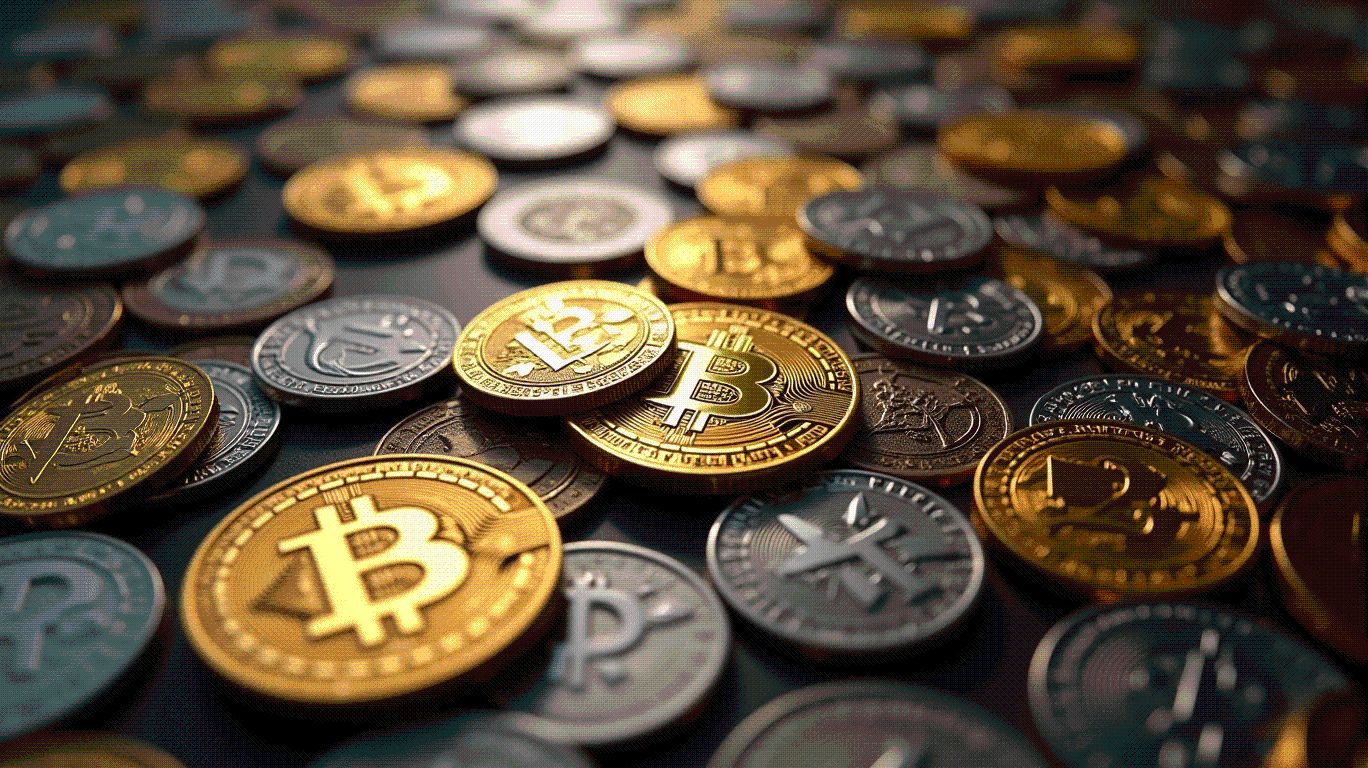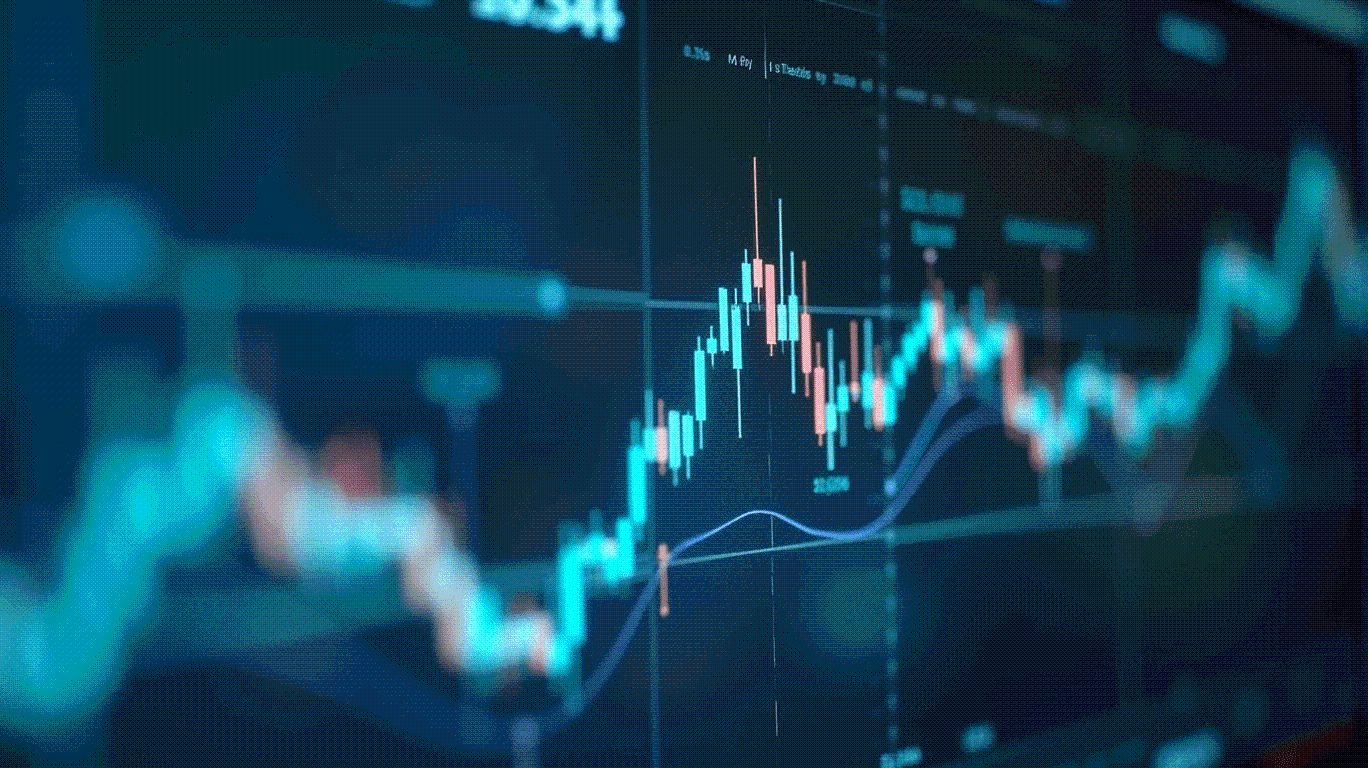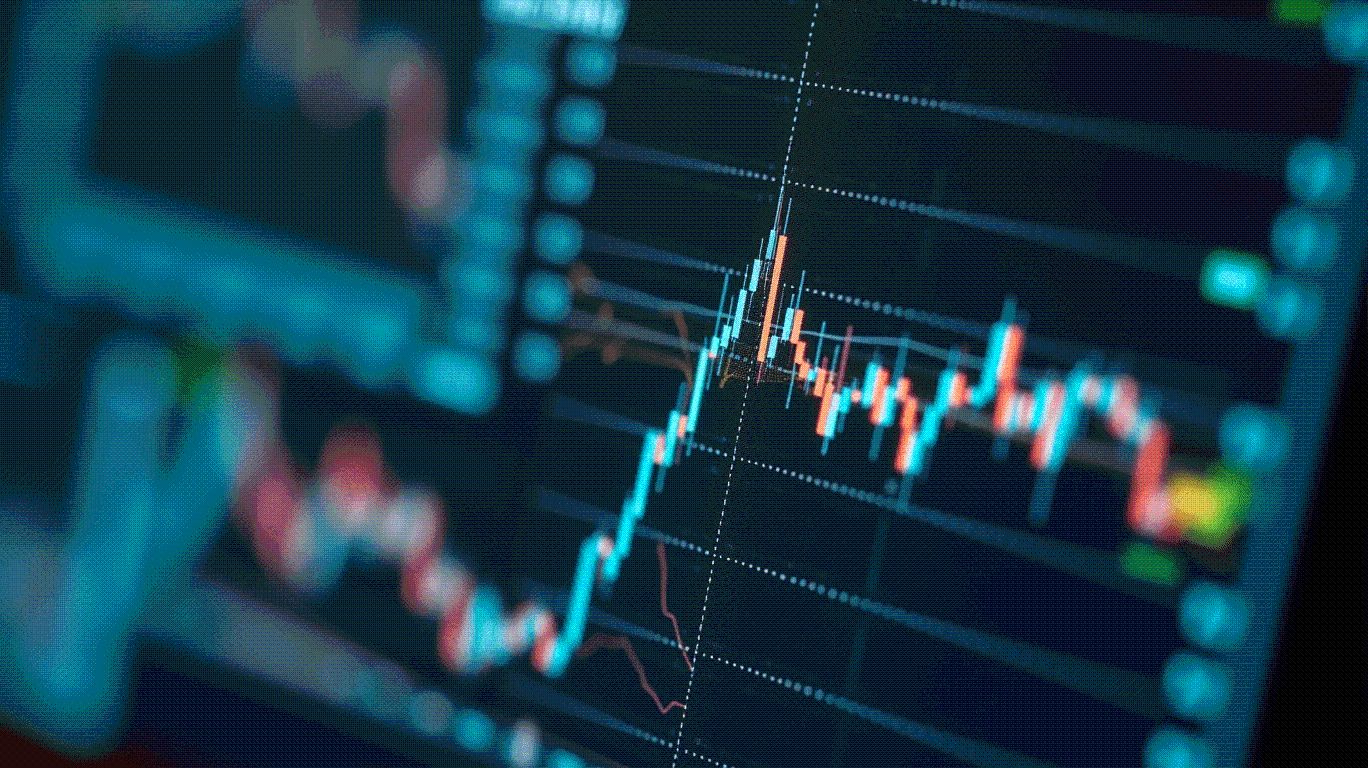News
Stay up to date on the latest crypto trends with our expert, in-depth coverage.

- BMNR's 2,500% stock surge and collapse in 2024 exemplifies behavioral finance principles like the reflection effect and domain-specific risk preferences. - Retail investors exhibited risk-seeking behavior during gains but panic selling during losses, illustrating how psychology overrides fundamentals in speculative markets. - 2024-2025 research shows investors adapt asymmetrically to gains/losses, requiring dynamic risk frameworks with scenario analysis and liquidity buffers. - Lessons include predefined

- DYM surged 46.95% in 24 hours to $0.225 on Aug 31, 2025, but remains down 8382.46% annually. - Traders analyze key support/resistance levels as technical indicators signal potential overbought conditions and near-term correction risks. - Analysts highlight extreme volatility, with short-term rebounds failing to offset steep long-term declines and uncertain market sentiment. - A proposed backtesting strategy examines 5%+ daily surges to evaluate historical reliability of such price spikes as trading signa

- BICO surged 56.02% in 24 hours to $0.106, with 150.8% weekly and 737.79% monthly gains despite a 6410% annual decline. - The rally was driven by speculative trading and momentum buying, lacking official announcements from BICO's team. - Technical indicators show bullish signals, but analysts caution the surge lacks fundamental justification for long-term sustainability. - Retail investor frenzy contrasts with the token's volatile long-term trajectory, raising questions about market sentiment shifts.

- Tether’s USDT dominates 57% of CeFi lending in Q2 2025, with $10.14B in open loans and $127B in U.S. Treasury holdings. - Strategic reallocation to Ethereum/Tron (72% USDT supply) and Bitcoin RGB integration boosts DeFi liquidity and institutional adoption. - Regulatory scrutiny (EU MiCA, U.S. Stablecoin Act) and 3.9% annual run risk highlight systemic vulnerabilities in centralized stablecoin models. - Partnerships with Rumble and competition from yield-bearing stablecoins like Ethena’s USDe signal evol

- XRP's 2025 SEC lawsuit dismissal cleared its non-security status, triggering a 5% price surge and institutional adoption via Ripple's ODL service used by 300+ financial institutions. - XRP cloud mining platforms like CryptoMiningFirm offer high-yield contracts (up to 800% ROI) but face scrutiny over Ponzi-like structures and lack of regulatory oversight. - XRP Ledger's AMM integration improved liquidity, yet price volatility (8% swings) and competition from stablecoins/CBDCs challenge long-term viability

- BitMine's $8.8B Ethereum treasury and NAV surge highlight crypto volatility driven by behavioral economics. - The reflection effect explains how investors shift from risk-averse to risk-seeking behavior during gains/losses, distorting market dynamics. - Institutional backing ($71B in crypto treasuries) creates stability, but regulatory risks could trigger panic-driven sell-offs. - Strategic recommendations include diversification, automated trading rules, and reframing losses as opportunities.

- South Korean retail investors spent $12B on US crypto stocks in 2025, led by young investors prioritizing long-term digital asset growth. - Government reforms classify crypto firms as "venture companies," enabling tax incentives and preparing for spot crypto ETF approvals. - Over 10,000 high-net-worth Koreans hold $750K+ in crypto, with 20-somethings averaging $2.69B in digital assets on Upbit. - Regulatory focus shifts to stablecoin frameworks for cross-border payments, mirroring US Genius Act precedent

- PEPENODE, a gamified meme coin with a "mine-to-earn" model, raised $500K in presale by offering virtual mining nodes and deflationary token burns. - Its interactive gameplay, 2% referral system, and 70% burn rate on upgrades differentiate it from speculative meme coins, attracting retail and institutional investors. - Built on Ethereum with Coinsult-verified smart contracts, PEPENODE plans on-chain mining, NFT upgrades, and cross-token rewards by 2025. - Analysts link its growth potential to a possible a

- SEC's 2025 ruling reclassified XRP as a commodity, enabling U.S. exchanges to relist it and unlocking institutional capital. - XRP-based ETF applications and EU's MiCA framework are driving global adoption and regulatory alignment. - Ripple's escrow strategy stabilizes supply but faces scrutiny over transparency and market concentration risks. - XRP's cross-border payment utility, via ODL and RLUSD, is expanding institutional adoption and cost savings. - Analysts project XRP to reach $3.65–$9.63 by year-

- Japan’s 2026 crypto reforms align tax policies, regulatory frameworks, and infrastructure with traditional finance to attract institutional capital and bridge global digital finance gaps. - A flat 20% capital gains tax on crypto (matching stocks) and three-year loss carry-forwards reduce barriers for institutional investors, aligning with global standards. - Reclassifying crypto as financial products under the FIEA introduces investor protections and paves the way for regulated Bitcoin ETFs in Japan. - T
- 04:23Data: Traders with a 100% win rate continue to increase long positions in BTC, ETH, and SOLAccording to ChainCatcher, monitored by Lookonchain, a trader with a 100% win rate (0xc2a3) continues to increase long positions in BTC, ETH, and SOL. The current holdings include: 1. 39,000 ETH, valued at $151 million; 2. 1,070 BTC, valued at $118 million; 3. 569,000 SOL, valued at $105 million. In addition, the trader has placed a limit order to increase a long position of 40,000 SOL at a price of $184, valued at $7.36 million.
- 04:12Data: The current Crypto Fear & Greed Index is 36, indicating a state of fear.ChainCatcher News, according to Coinglass data, the current Crypto Fear & Greed Index is 36, up 4 points from yesterday. The 7-day average is 40, and the 30-day average is 41.
- 03:59ether.fi CEO: No access to any bank card data or users' private informationChainCatcher reported that in response to community users claiming "currently 100% of card information is transparent to intermediaries," ether.fi CEO Mike Silagadze clarified on X that this statement is incorrect, and ether.fi does not have access to any bank card data or users' private information. Mike Silagadze had previously promised to investigate the ether.fi card theft incident and to refund all users who experienced fraudulent transactions.